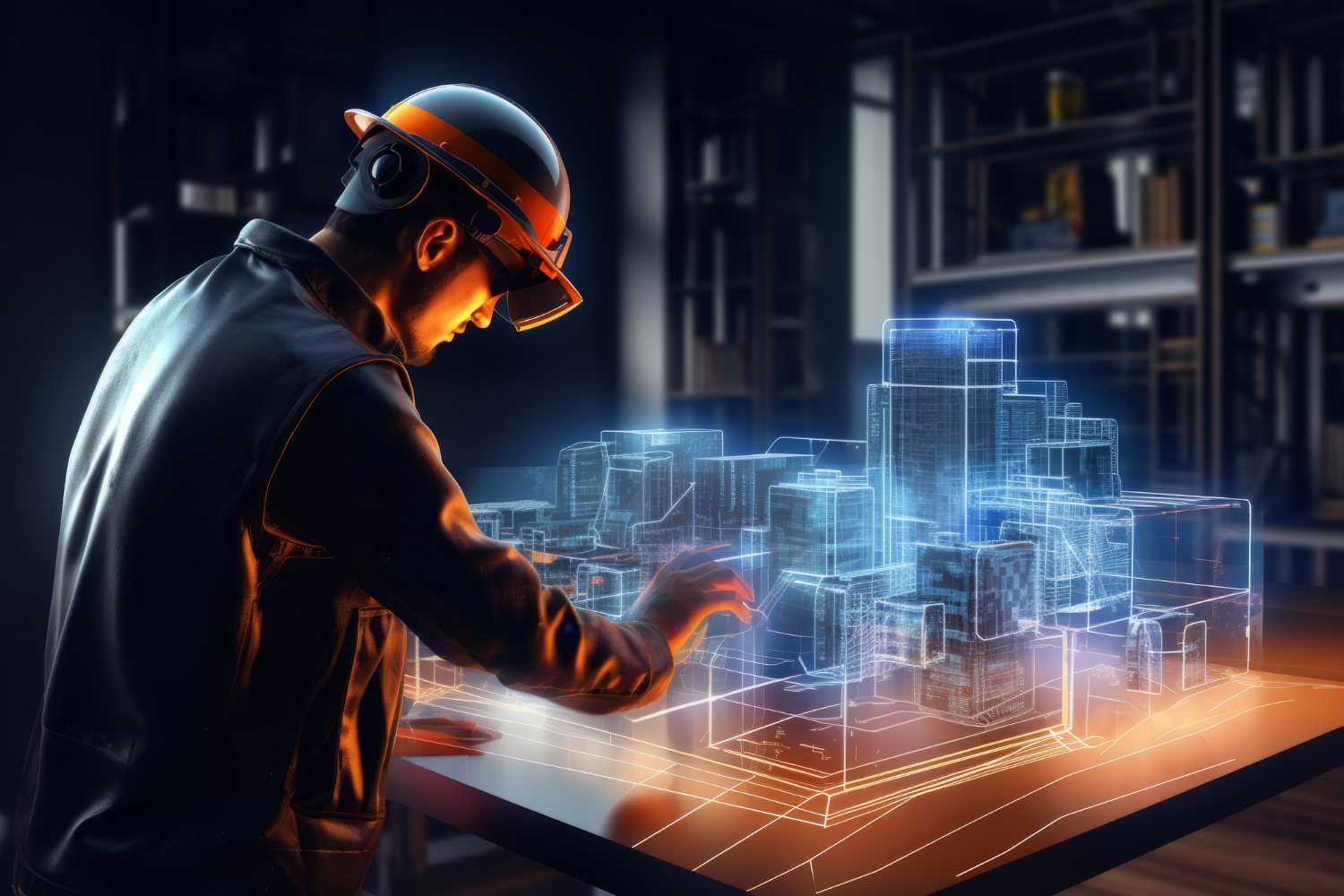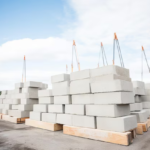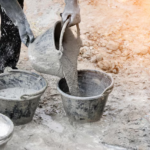The construction industry constantly innovates to satisfy consumer needs for quicker, safer, and more effective quality building materials. Precast technology is among the most revolutionary developments of the last several years. This construction process optimization approach yields higher quality and sustainability as well. Let’s examine precast technology and its importance in contemporary buildings.
Precast technology: what is it?
Precast technology involves producing concrete components in a controlled industrial environment before they are transported and assembled on the construction site. These components include walls, slabs, beams, columns, and other structural elements. A factory’s capacity to achieve precision and uniformity yields durable, superior products.
Important Precast Technology Aspects:
- Controlled Manufacturing: When components are produced in a factory, ideal circumstances are guaranteed, leading to higher quality and consistency.
- Design Flexibility: Precast pieces offer great variety since they can be customized to fit individual project requirements.
- Production Efficiency: Using a factory-based approach, construction deadlines are accelerated, and less of a workforce is needed on-site.
Why Does the Construction World Use Precast Technology?
Precast technology use in construction offers many advantages and solves many problems associated with traditional building techniques.
Extraordinary caliber and reliability
Manufacturing occurs in a controlled environment, ensuring product quality and consistency. Stricter quality control measures lower the possibility of errors, resulting in more dependable and long-lasting structures. Using high-strength concrete and sophisticated production methods further improves the performance and longevity of precast parts.
Quicker Timelines for Construction
One of precast technology’s most notable benefits is its capacity to accelerate building projects. Precast construction products are made off-site, which allows for a much quicker real-building phase. It is perfect for projects with short deadlines because it can significantly cut down on total project time frames through parallel manufacturing and on-site preparation.
Economy of Cost
Precast technology may have higher upfront expenses but has significant long-term benefits. Lower total costs result from fewer laborers needed on site, less material waste, and quicker project completion time. Long-term financial benefits are another outcome of precast construction’s durability and low maintenance requirements.
Higher Quality Safety Requirements
Precast components are produced in factories, reducing the labor needed on-site and the risk to workers from potentially dangerous situations. Strict safety regulations are followed in the regulated industrial environment, which improves worker safety even further.
Sustainability of the Environment
Precast technology facilitates environmentally friendly building methods. A greener building process includes low on-site pollution, efficient material utilization, and decreased waste. Precast buildings’ durability and thermal efficiency also result in lower energy use throughout a building’s lifetime.
The approach for selecting the contemporary construction materials is important because the world we live in today is more dynamic and demanding. And Precast technology will continue to influence building as the sector develops, providing creative answers to the needs of modern construction.



